I have had the pleasure of meeting Dean Fisher once, by accident, in the Frick Museum in NYC during a visit to the east coast. As I recall, I was staring at a Degas when he tapped me on the shoulder asking are you Larry Groff of Painting Perceptions? This was remarkable as we had never met but he recognized me from a photo he had seen online. I had written several years prior about a painting show I saw of his in Anaheim, California–in one of my early humble attempts to write about painting for this site. Talking with him at the Frick was unexpected but a delightful conversation with someone who cares deeply about painting and with expansive knowledge and insight. I’ve been a great admirer of his paintings and the way he viscerally transforms paint into painterly monuments to nature and art. I am very appreciative of his willingness to answer my questions to him by email and for taking the time out of his busy schedule to share his thoughts and experience with the readers of this site.
Dean Fisher studied at the America Academy of Art in Chicago, and since, has been exhibiting nationally and internationally in prominent galleries for more than twenty-five years. Some of The galleries he currently shows with are: Susan Calloway Fine Art in Washington, DC, Thomas Dean’s Fine Art in Atlanta Georgia, George Billis Gallery in Los Angeles, CA, John Natsoulas Gallery in Davis, CA, Tregony Gallery in Truro, Cornwall, UK and Jessica Carlisle in London, UK.
Dean teaches painting at Silvermine Art Center in New Canaan, Connecticut and privately. He also teaches an amazing landscape painting workshop in Dordogne, France (see the link to his workshop website https://deanfisherworkshops.com/ ) and has plans to offer it again in 2019. He also plans to teach in Tuscany, Italy in the Spring – details to be announced soon.
Larry Groff: What led you to become a painter?
Dean Fisher: My father Shell Fisher is an artist, kind of a Jack of all trades in the visual art world, with interests in painting, drawing, the graphic arts, illustration and cartooning. He’s an especially wonderful draftsman. One of my fondest memories as a child was watching my father create a drawing; with a very deft hand and a few economical marks, a convincing realistic image would begin to appear. It was like magic seeing a three dimensional figure or portrait begin to emerge on a completely blank piece of paper.
I think this was the initial spark, creating something from nothing, in such a skillful manner, which inspired me to begin drawing and eventually start painting.
He was my main teacher throughout my childhood and youth, always instilling in me the importance of developing a sound technical language.
LG: Can you tell us about what art school was like for you?
DF: I went to the American Academy of Art in Chicago, it was and still is a school with a strong focus on commercial art. I wanted to go there because, at the time, it was one of the only schools in the country offering life drawing and painting as a major component of the instruction. There were a couple of very inspired and knowledgeable instructors in the fine arts department, Fred Berger and Bill Parks who gave so much to their students.
But actually, the most enriching aspect of being at school were the interactions with a few other talented students who were studying painting at the same time. Several times a week we would go to the Art Institute museum, which was a couple of blocks away. We looked intensely at the paintings, did drawings of them and had fantastic discussions about what we thought about the work. They were a major influence on me and without this interaction and sense of camaraderie, the time at school would not have been nearly as interesting or educational.
Silvius Krecu, one of the most talent people I’ve ever met, was one these students and is still one of my closest friends. We had a very healthy rivalry in terms of pushing each other to develop our skills and understanding of art further. We would stay at school after everyone had left and draw plaster casts and when they kicked us out head over to coffee shops to sketch people for hours.
LG: What are some ways your paintings have evolved since art school?
DF: At art school our focus was somewhat limited but at the same time pretty intense. The primary aim was painting and drawing the model from life with a heavy emphasis on a painterly a la Sargentesque approach, it was about very careful observation of the model and translating what we saw into paint. This is still a major part of what my work is focused on, a faithful perceptual account of what is in front of me.
A major flaw of this school is that there was virtually no discussion about image making, what inherent aspects make a painting interesting and successful. But fortunately, I did have some of these discussions with my art school friends. Silvius was very open minded and was the first of us to embrace twentieth century movements in art. He always expressed himself very eloquently and helped to open my eyes to these things.
The most pivotal aspect of my artistic education was moving to Madrid, Spain after art school and setting up in the Prado museum to copy paintings, this was fantastic in so many ways. I went with Silvius and our primary focus was an investigation of the work of Velazquez.
An unexpected part of being in the Prado were some of the young artists from different parts of the world who were also there to study paintings. Their art school educations were very different from mine and their artwork was too, with many more modern influences in their work.
I had excellent interactions with many of these people and started to look at a lot of 20th century art. I soon began to let go of my 19th century approach to painting to experiment with paint, shape and color much more…approaching abstraction but never fully letting go of representing real forms.
I also spent a year in Paris copying at the Louvre and two years in London at the National Gallery. Along with the continued copying, I was also developing my own work., working from models and painting landscapes.
While in Madrid, I met Josephine Robinson who was living there and teaching English. She had a background in history and filmmaking and was preparing to move to South America to make documentary films. Soon after we began spending time together she became interested in painting. I was very impressed with her ability to put colors and shapes together beautifully and encouraged her to continue painting. Several months later she returned to her home town of London, England to continue with her film studies. Shortly after, I showed up at her doorstep with my entire studio in my van…yes, I was planning on staying.
Josephine soon picked up painting again and decided to study it full time.
Jo took to painting very naturally, I really think it was her calling. We eventually moved back to the US and got married and have been together for more than twenty five years. Artistically and in many other ways she has played a major role in my development, with her unique, independent and very sophisticated way of looking at the world. Her excellent paintings are a reflection of that.
After returning to the US after living in Europe for eight years, I went through a period of painting figure compositions from photos while under the spell of Balthus but after a period realized that my true love, is having the forms I’m interested in painting in front of me. Now I almost never paint from photos.
So in a sense I’ve gone full circle and am painting from life exclusively, but now filtered through a great appreciation of modernist movements as well as the entire history of art.
LG: How do you decide on what is the right subject for a painting?
DF: This for me is fairly easy. There are certain things I see which I know I have to paint, this can be many different subjects but is usually an assemblage of forms and colors which create a compelling compositional structure.
Just about any object bathed in light is extremely beautiful to me, this can be difficult because I want to paint everything…but I try to keep it limited to those subjects which scream “paint me” the loudest.
I really don’t want to analyze beforehand why a subject speaks to me so much because this is very complex, so many things enter into this equation. By defining the reasons too much I fear that my response to the subject will be too pre-meditated, based on assumptions and a fragment of what is really there, all which I believe can inhibit the outcome. Instead I just jump int and with my knowledge, experience and skills try to put everything I see, think and feel about the subject into the painting.
LG: Do you work out the structure of the painting with studies and drawings first or do you prefer to let it evolve more spontaneously while working directly on the canvas?
DF: Once I decide to paint something, I usually can’t wait to get started so I don’t do a lot of preliminary work, except perhaps a thumbnail sketch or two in pencil . As I mentioned, I don’t want to dissect or analyze the subject too much for fear of limiting myself, I feel my intuition is much more powerful than my rational mind. As the work unfolds, many of the important qualities which are present in the motif begin to reveal themselves to me and I work hard to make sure these things are clearly communicated in the work. The painting also begins to take on it’s own life and then things get really interesting, it then becomes about making decisions based on what the painting is asking for as well as responding to the motif.
Over the years (decades!)I have undergone a long process of coming to realize which qualities I feel must be present in the work for me to feel connected with it. I’m mainly talking about the quality of the mark of the brush, edges, thickness of paint, transparencies all those things which make up a painting language.
I also want the canvas to be a place of investigation and discovery and am very happy when this sense of searching and process is present in the painting, I think this is very interesting for the viewer as well.
I want the painting to look as if it’s being painted before one’s eyes, with a very active surface…the search for a resolved image is all part of that.
LG: What do you think about with regard to getting a feeling of light and space in your work?
DF: Well, if it wasn’t for the challenge of trying to capture light and space in my work I wouldn’t be a painter. These qualities are the main subjects of my paintings. If the light and space doesn’t end up working in a particular painting, I usually consider it a failure.
I concentrate on color and tonal relationships as well as using all optical devices available to me in the painting to capture a sense of breathable air and the type of light which is present. When I decide to paint a subject it has so much to do with the quality of light which i see. I find these aspects of perception fascinating and am not interested in capturing an approximation of it. This is why I haven’t worked from photos in years.
I strive to keep all the forms open while developing a painting. When I feel that the edges around things are becoming too uniform, which I feel inhibits air and space, I’ll take a palette knife to it and by scraping the area or entire painting. This almost always greatly improves it and suggests new directions that the painting can follow.
LG: How important is direct observation in your work? Have you always painted from life?
DF: As a child, I did a lot of drawings and pastel paintings from photos, but as I remember the best work was done from life. I did a carefully observed and rendered drawing in graphite of a milkweed seed in the 5th grade which won an award and was published in a regional arts magazine. This was memorable for me and fueled my enthusiasm for representing things I found fascinating from my surroundings.
In art school we worked strictly from life and while I was in Europe I was only doing observational painting. After returning to the US, for a period of about five years I often worked from photos doing Balthus inspired figure compositions. I learned a lot during that period but eventually came to realize that I’m always more inspired and do my best work while in the presence of the subject.
During the past ten years or so I haven’t worked from photos at all. In fact, I’ve grown to wonder why figurative painters would choose to work from photos rather than life. Why someone would want a machine to do the editing for them rather than feasting ones eyes on the subject and employing all ones senses while painting or drawing.
A trained eye sees so much more than a camera does, why only work with 60% of what is present in the subject. That coupled with the fact that an artist’s vision becomes sensitized to observing nuance while working from life, this takes many years to cultivate and is an ongoing process.
I was gratified that Antonio Lopez Garcia said almost exactly the same thing which I’m saying here and tell my students, while I was recently working with him at his workshop in Pamplona, Spain.
I also feel there is a tendency for artists to fall in love with a particular photo, so the work becomes about doing a rendering of the photo rather than an investigation of observed reality and the resulting trail and error process over time which, in my opinion, always results in richer surfaces and a more interesting work of art.
When an artist paints a painting from a photo, I rarely feel their presence in front of the subject, there’s almost always a disconnect because of the above mentioned reasons. These are qualities which cannot be faked.
In short, being in front of the subject while painting is a completely different experience than working from a flat, 2 dimensional photo. I do think however that a very experienced artist who has worked from life for years can work creatively using photography as the basis for a work. Degas is a prime example of this. But if that experience isn’t there, the artist’s shortcomings are usually clearly revealed.
LG: Would you say you have a more tonal approach to color in your work?
DF: When I’m attracted to paint a particular subject, it’s usually because I see a strong compositional structure in the subject as well as beautiful color harmonies. I’m often so enamored with the colors relationships I see in nature, I strive to get as close to them as possible. To really come as close as possible to capturing the subtle nuances of the colors which are present and how they relate to each other is a real challenge….it’s so difficult. I’m not sure if that makes me a tonal painter or a colorist…perhaps both?
Giorgio Morandi, for me, is one of the great colorists in the history of painting. His is not a saturated or amplified color which primarily drives the work but he’s an incredibly expressive, subtle and inventive colorist.
LG: What are some of your thought on how you use color?
DF: I’ve always been in love with color as I see it in nature, it never ceases to amaze me which is why I hate to wear sunglasses.
During the past few years I’ve been doing my figure paintings directly on gessoed panels, allowing the warm, white gesso color to serve as the background as well as sometimes invade the form of the figures. I came across this approach as the result of doing small, rapid 20 minute quick sketches of the model on white panels.
While doing these paintings, I try to respond very faithfully to the colors I see in the model, but I ignore the background which is present. This initially was because I had a very short time to do the painting so I just focused on the figure and it’s gesture. Then I began to combine two and sometimes three figures (or more) together with the goal of getting them to work together compositionally.
I liked the way every mark of the brush becomes completely visible, fresh and full of vitality against the white ground.
As a result of liking the small figure studies, I began to do larger, almost life size compositions of single and groupings of figures in this fashion.
One of my favorite ways of doing this is to work in a very improvisational manner, asking the model to take different poses every half hour to forty five minutes and try to combine the figures together in a visually interesting way. Some of my most recent figure works have been made in this way. This is a very challenging way of working and can be hit or miss, but when it works, the result can be very satisfying.
LG: How much does a painters personality effect their use of color?
DF: Well, I would imagine this would be a direct extension of their personality, it becomes a major part of an artist’s personal language. Just think of the difference between Caravaggio and Bonnard, I feel I know a lot about their inner worlds without ever having met either of them.
LG: I was recently looking at some posts showing the works of the Swedish-American landscape painter John Carlson.
His book from the 50’s, the Carlson’s Guide to Landscape Painting was an important resource for me when I was first trying to learn how to paint landscapes but I never saw color reproductions of his paintings until fairly recently. Is this a book you’ve used or care to say something about? What are some books that have been important to your paintings?
DF: “Carlson’s Guide to Landscape Painting” was also one of the first books about landscape painting I read as a student. I like the way he describes different optical phenomena such as diffusion or how whites become warmer as they recede in space. I also like the way he discusses the structure of the landscape in terms of big planes. This is a great way to help sort through the complexity of what is going on outside….I like to describe the mechanics of landscape painting in this way to my students, much of this is the result of his teachings.
I do find his approach to composition pretty conventional and dull though, something which I feel lets his paintings down. There’s definitely a love of what he’s painting which comes through but I always feel everything is placed exactly where you would expect it to be….not the case in the work of a great painter like George Inness, there are always surprises and as a result, a very personal vision.
I’m not a big fan of reading books about art, theoretical, critiques or otherwise…I tend to become very impatient. I think this stems from the fact that, for me, the experience of looking intensely at great art is so rich and rewarding, that the written word regarding the work pales in comparison. I do look a lot at and study paintings throughout art history, it’s an obsession.
That being said, I really love to read what great artists say about art past and present and their own, their creative process, working habits and ideas about life…coming from their own mouth. The interview in the back of the large Antonio Lopez Garcia book as well as the film “Dream of Light” are some of my favorite things on the planet.
This is why I find blogs like Painting Perceptions such an interesting and valuable resource, thank you for that Larry! I have read many of your interviews with artists here, some several times. They have been a great source of inspiration and frame of reference for me.
LG: The landscape painter Yvonne Jacquette said once that painting erases the memory of the place. What might that suggest to you?
DF: Well as Stuart Shils says; “Painting is not a laundry list of the subject” I totally agree with that. The painting is about many different things not related to the specificity of the location. But, this also very much depends what kind of painter you are, the world of art is too varied and rich to generalize. Back to Lopez Garcia again; if you’ve seen his cityscapes of Madrid and then go there, you’ll experience some intense deja vu …those paintings ARE Madrid (and much more)!
LG: Plein air painting is increasingly popular these days. Why do you think that is?
DF: I’m not really sure about that as it has always been a big part of my life. Possibly because more painters are interested in painting realistically and discover that it’s such a fantastic way to learn about color and painting space and light. I’m also hopeful that it’s because once a person experiences working on location, surrounded by all the elements of nature, it’s difficult to only paint within the confines of the studio. I myself, can’t stay inside much when there’s gorgeous light blazing outside.
LG: Do you see the popular Plein air painting “movement” as being significantly different from modern landscape painting made on site?
DF: The impression I have that many of the paintings I see in Plein Air magazine which are done at the plein Air meets, etc. look very similar to me, quite technically accomplished but lacking in an individual approach. It seems there is a boiler-plate definition which one should follow in order to do a plein air painting.
There’s certainly more individuality and originality coming from those painters working on their own outside. Less product oriented and more about it being an exploration of what a landscape painting can be.
LG: In some circles it sounds like there is a revival of realism in the wind and the days of post-painting, post-modernism and such are numbered. Do you agree?
DF: I’m not the best person to ask about this as I don’t read any artist magazines, this kind of isolates me from knowing about current trends in the art world. When I frequent galleries and museums in NYC and when I travel to different parts of the world, which I love to do, I still see a great variety of types of work being shown.
When we were in Amsterdam two Summers ago aside from the Rijksmuseum and the Van Gogh museum, there was virtually no realist painting to be found.
Very encouraging is the current exhibition “All too Human” in London. A wonderful survey of twentieth century and contemporary British figurative painting.
LG: Would knowing you’d never make any money from your paintings ever be a deterrent to painting?
DF: From the time when I started to take painting and drawing seriously, at about the age of eighteen, I always believed that whatever you decide to make, if you make it extremely well and make it very special, there will always be people out there who will appreciate it and might even want to own it. This has proven true for me.
I never made the decision to become a painter thinking that I would become wealthy, it never entered my mind….it’s not something that I care about. I’ve always just wanted to maintain my freedom, to have a lot of time to paint and draw (and do other things I love to do) I think of sales of artwork as just that, continuing to buy freedom to continue working and doing things which I feel are enriching.
I suppose it would be very discouraging and a deterrent to a path if one were to know at the onset that you you’d never sell anything.
I think the fact that Van Gogh only sold one painting after working extremely hard for ten years made him very depressed and eventually led to him taking his own life. I don’t believe he was “insane”, just really, really upset that he couldn’t make a meager living from his work…it’s a very sad story. The public wasn’t ready for work like his, with it’s degree of intensity and individuality.
I don’t know anyone who wouldn’t be very affected by this.
LG: In what ways has painting changed your life?
DF: I don’t know how painting has actually changed my life because I never dedicated myself to doing anything else so I don’t have a before and after frame of reference. It has always played a major role in my life.
In retrospect, I’m glad I chose something to do with my time that is not very mainstream in this society. Surviving as an artist isn’t an easy thing to do. It has forced me to be imaginative, independent, resourceful and appreciate my individual strengths as a person.
I also feel that a life spent looking at great art throughout the ages and trying to make art has heightened my sensitivity to the beauty, amazing richness and mystery of my surroundings and helped me to not take Nature and all that I see for granted.
I feel very fortunate, because of the time I’ve spent looking at art and attempting to make art, that I can go to a museum and be completely overwhelmed by what I see there.
This really struck me in a big way the last time Josephine and I were at the Louvre, a few years ago.
We were in the room where the Mona Lisa is hanging, ninety nine percent of the museum goers (about a hundred and fifty people) in this room were massed around Leonardo’s famous work and virtually no one, at any time noticed any of the many other sublime masterpieces in this room.
I really feel so fortunate that these works hold so much meaning for me.

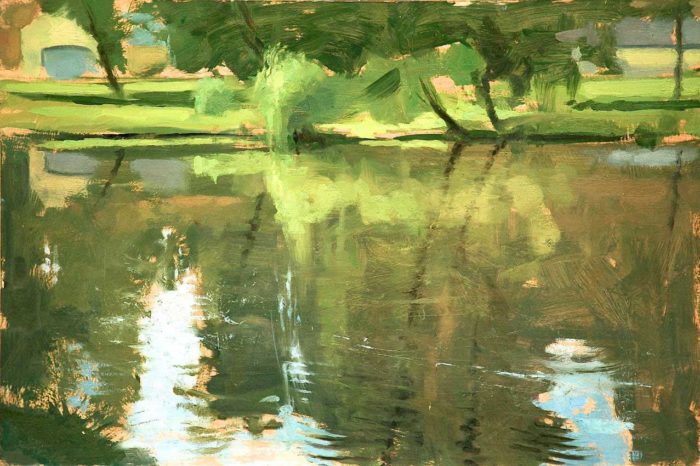
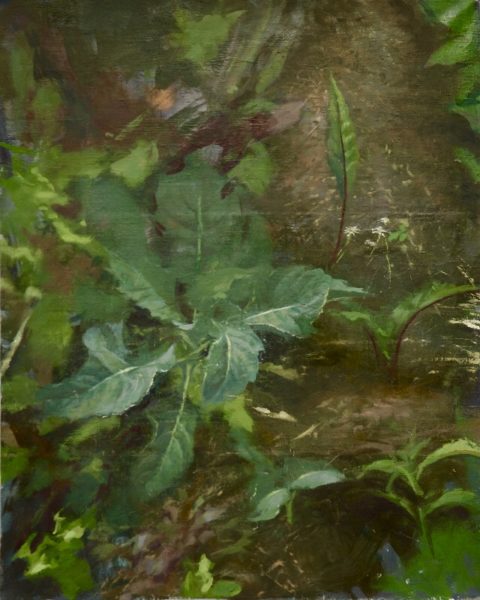
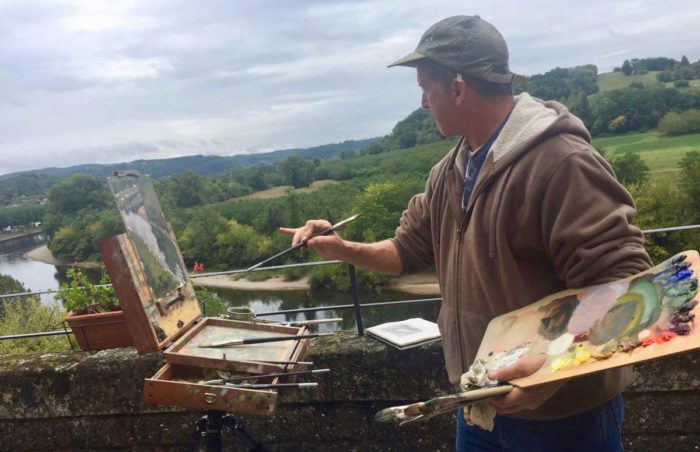

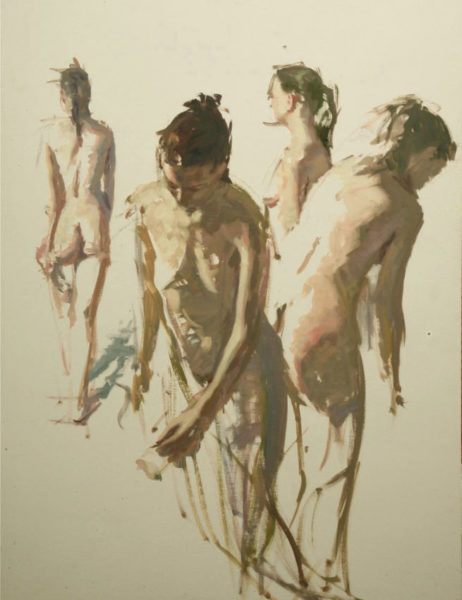
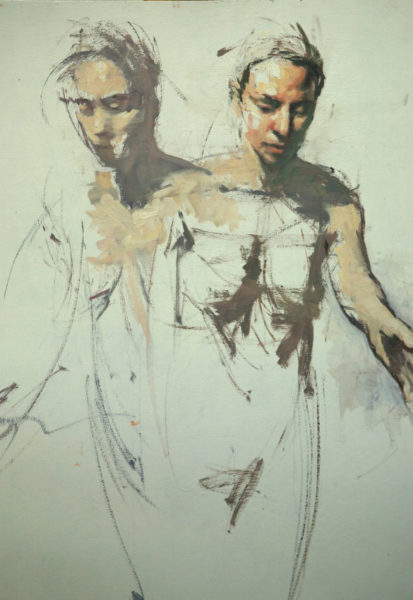
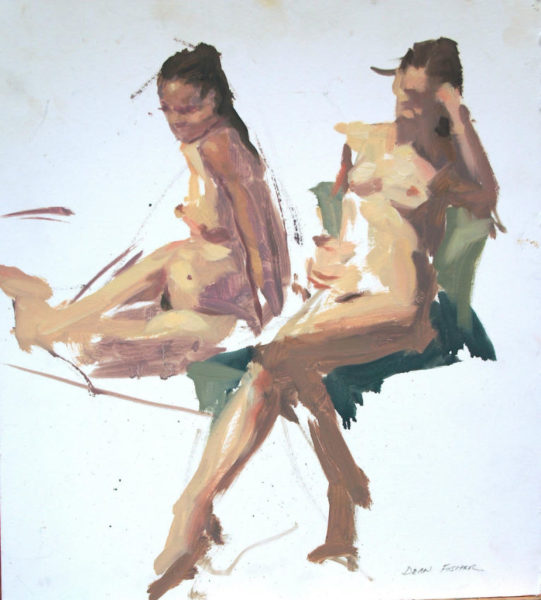

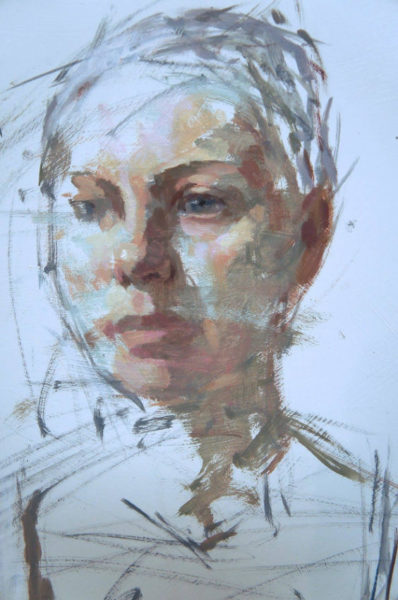
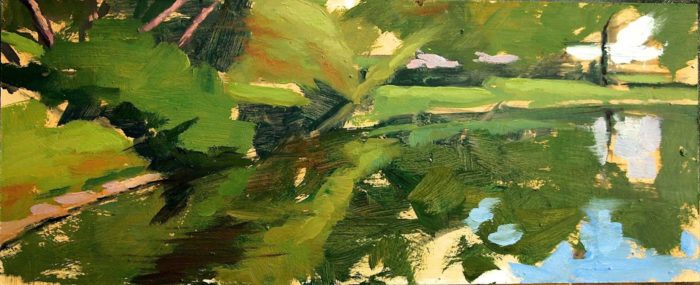
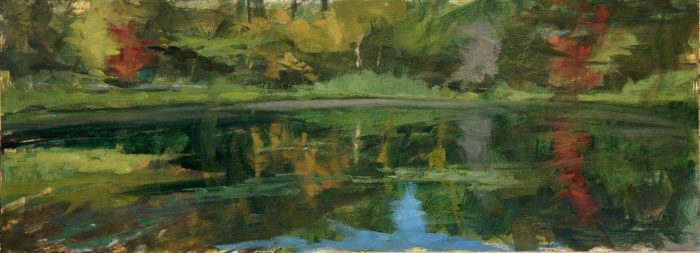
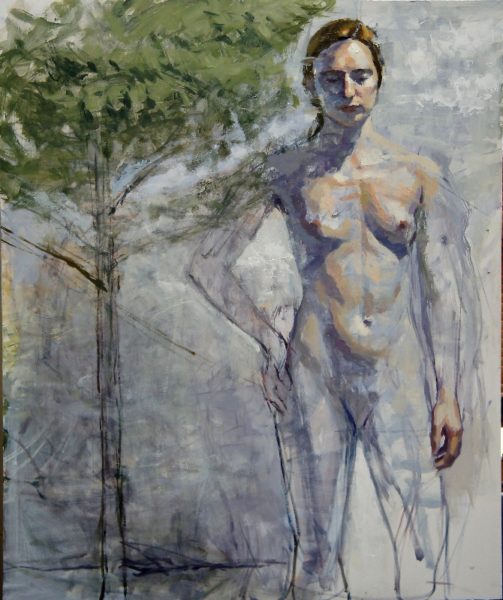


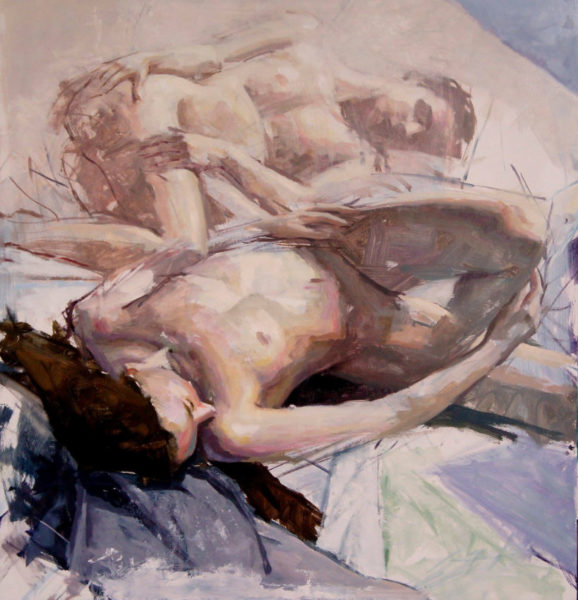
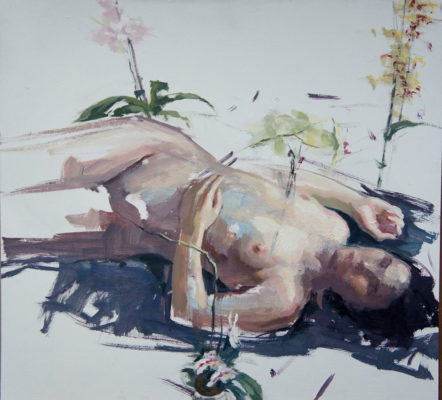


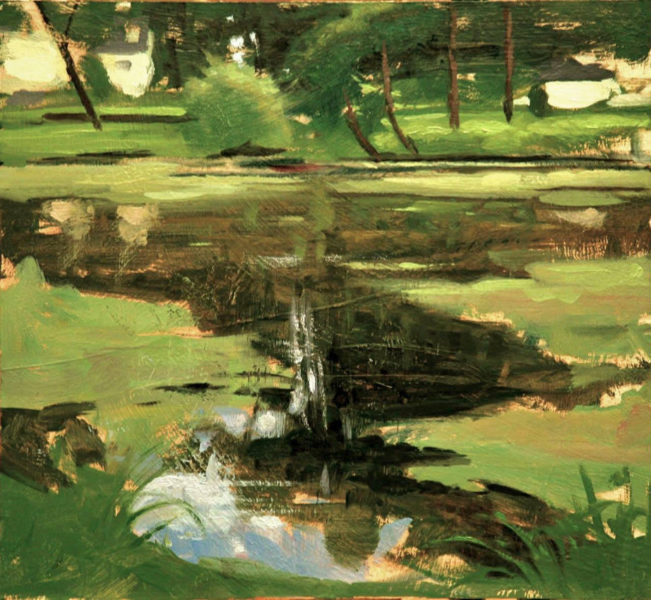
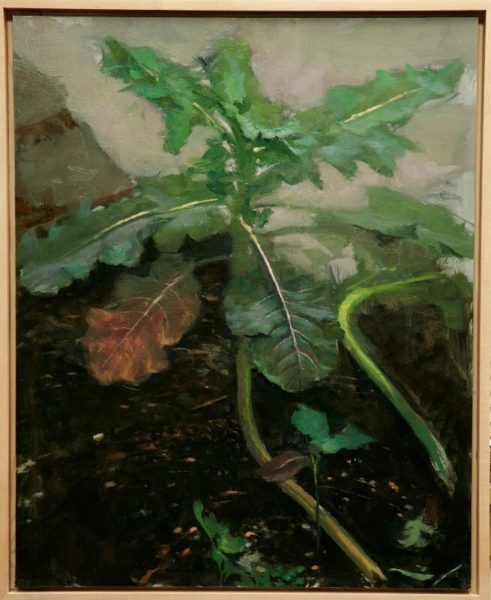
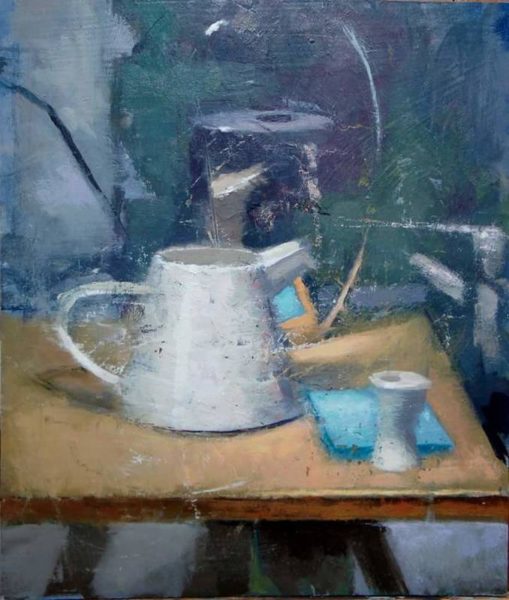
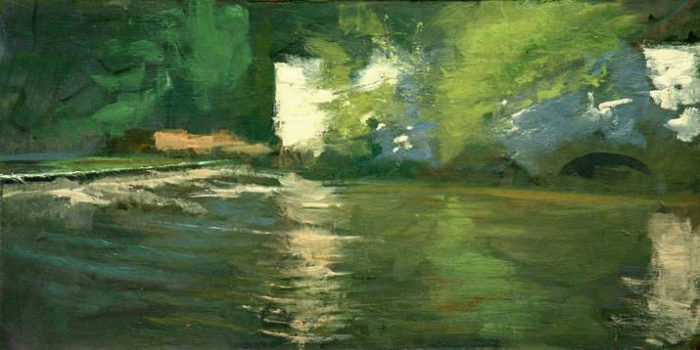
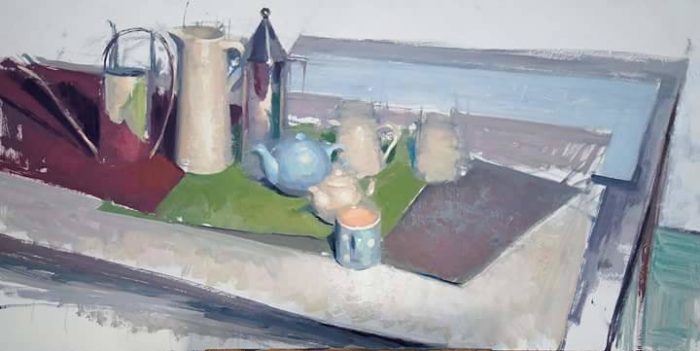
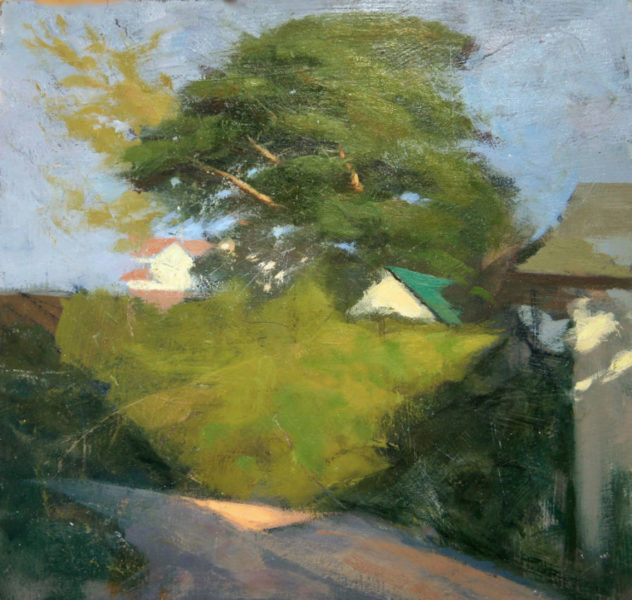
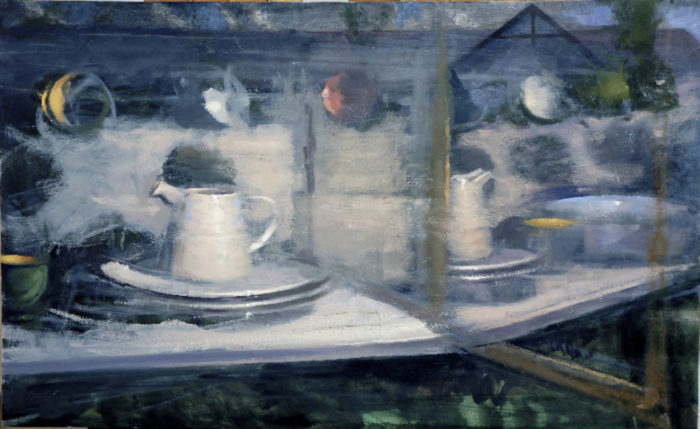

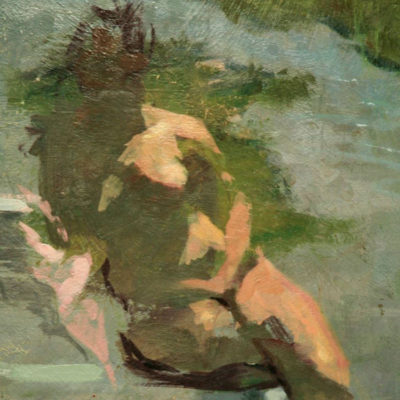




Dean Fisher is a superb artist. He also had a vast knowledge of painters. This is a great interview. I appreciate the depth to which you have drilled. I have been a student of Dean for several years and have been able to see close up how well Dean communicates and paints.
What a fantastic interview! Dean has been a gifted artist for so many years. I knew him in high school and he did a sketch of me, which told you volumes what a gifted artist he was – his techniques are truly amazing! To see how exceptional his work is and what a wonderful love story he has makes you feel so happy for him.
I hope to get to these galleries one day. Dean is Master!
Thank you for this insight and allowing us to share in his success.
Thank you Larry,
What a wonderful interview and also a lovely collection of art works. I am so happy to have met Dean in London. He is a true inspiration and love the light and colour and amazing flow in his artwork.
Thank you for sharing.
dean has a fantastic way of capturing light that i always find mesmerizing. And, is a very very nice guy, quietly intense. if i lived closer i’d definitely be a student. I met him while he was copying a van gogh portrait in the jeu de paume in paris, an amazing feat in itself. his friends silvius and frank bruckmann are like him-definitely not from this century but managing to function as contemporary while producing top quality
ageless classics. i’ve followed dean’s work for 32 years-yikes!-and its been fascinating. The pear tree is astounding! each one is more accomplished than the last -and i’ll stop now so he stays humble.
Beautiful work and so impressed with how much studying he did from the museums in Europe. A lot of great paintings, especially Late August.
Profound, sensitive, insightful words & paintings. Exactly what we would expect from Dean Fisher. Terrific interview, Larry.
(Personal request: Plase pase this to Dean Fisher, many thanks).
Hello, hello Dean from Santamaria family in Madrid. Congratulations from my wife Vega and me, for your great personal and profesional success!.
This is a thirty year old story. Back in 1990, remenber, you were for a while the english teacher of our two sons Javier and Nacho, before our sabatical leave to California University Irvine for Chemistry research.
Now during the pandemia locking Vega has localized you.
We have very good remenbrances about: your selfdetermination, your father influence, your attitude as a good person…. Now we apperciate very much your accomplishments. By the way we have on the wall in preminent locations three of your paintings (N. California lakeshore ; Pedraza village plaza with dove and her shadow, and a Sena river view). Now we see your evolution to a more colorful and optimistic world with human figures!!. Congratulations also to your wife.Josephine!!
Please, contact us of you come to Madrid.
Best wishes.
Vega and Jesús.
Hi Dean. Read this and was impressed once in a while I talk to your sis in fact I did some law stuff for her a few years back. Tajj my e care
Ralph Bernstein
Ralph1189@gmail.com